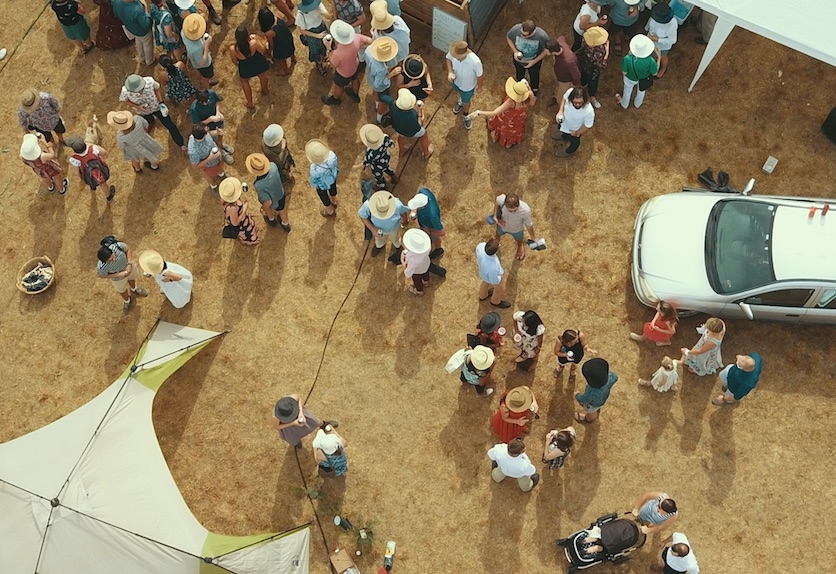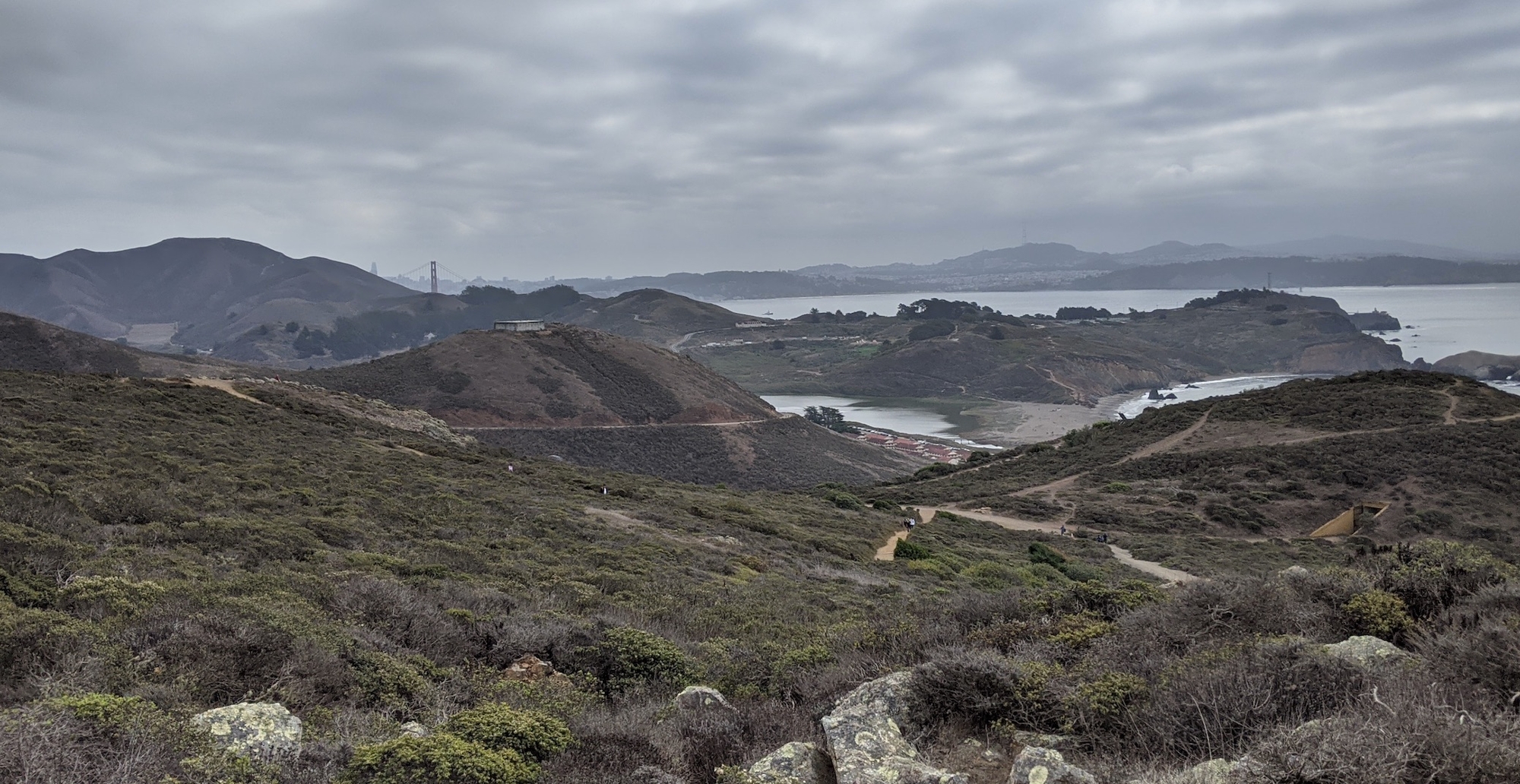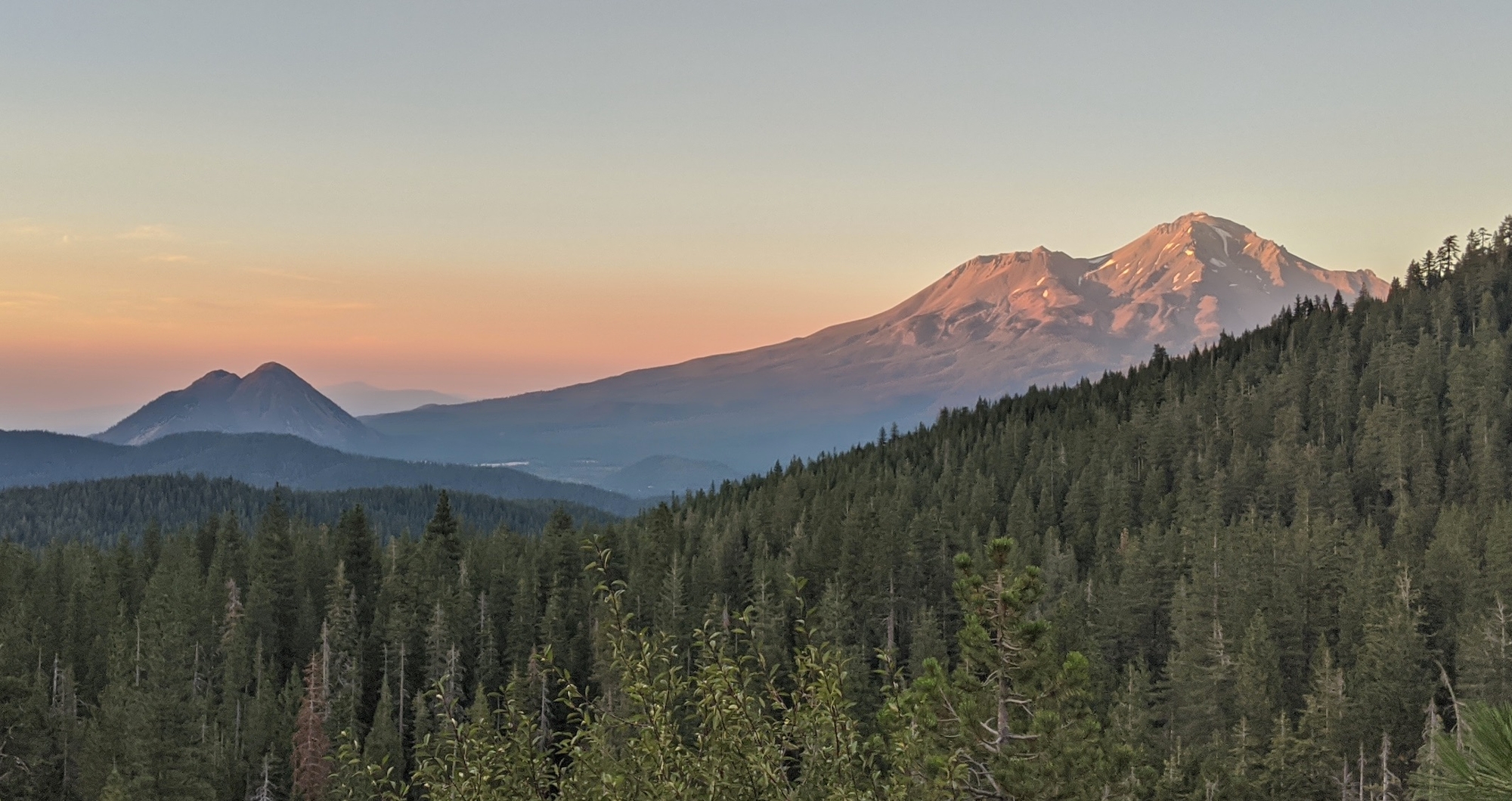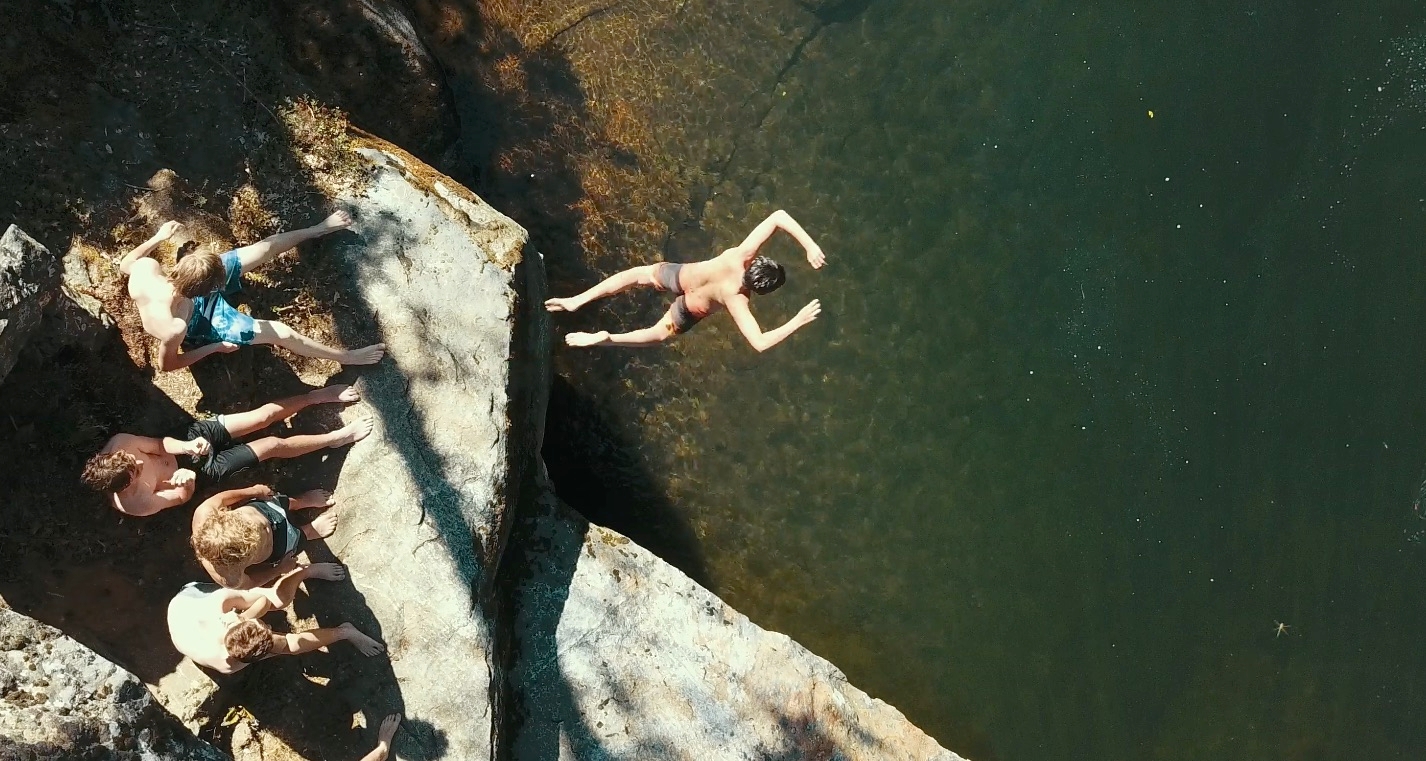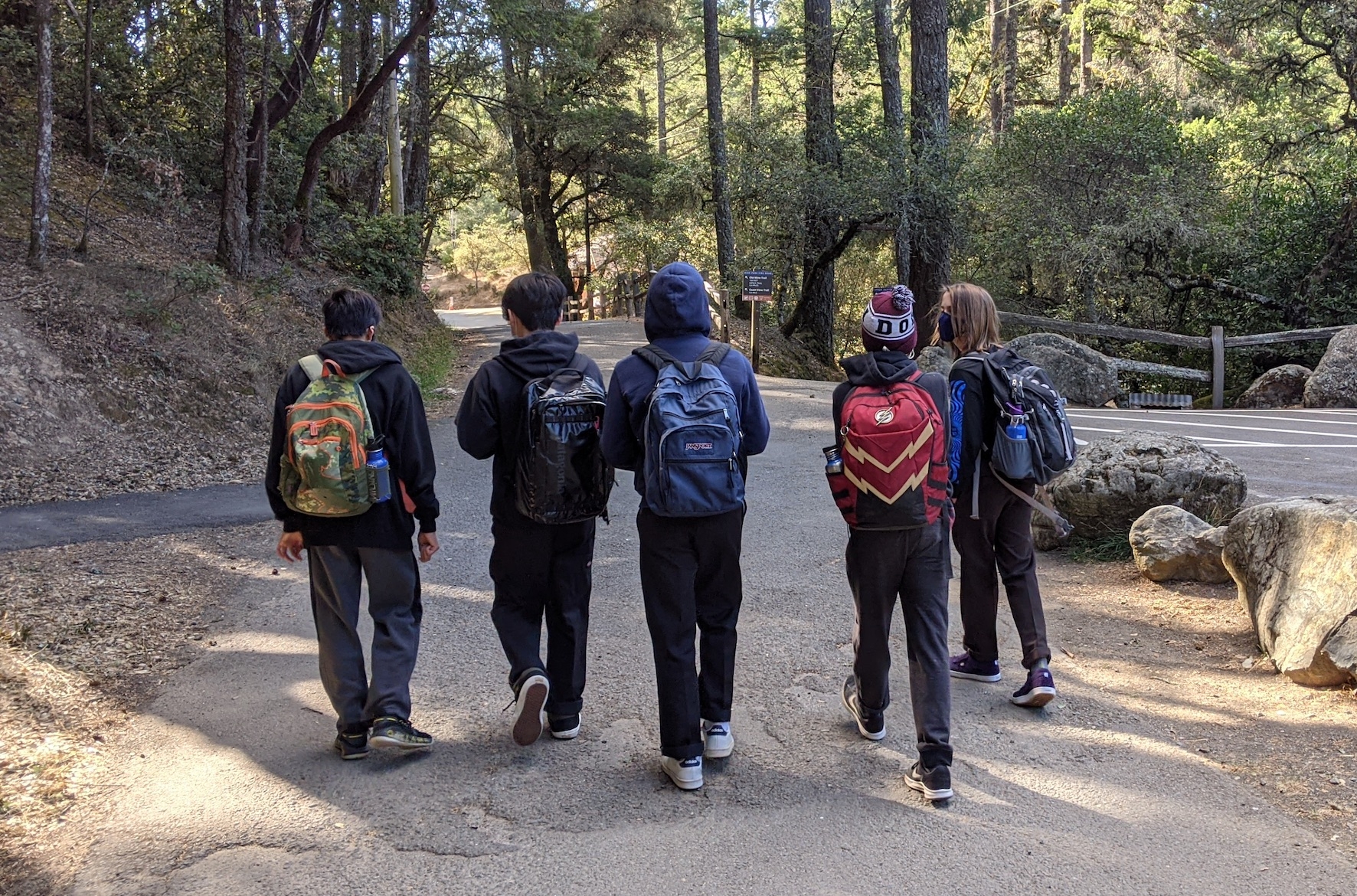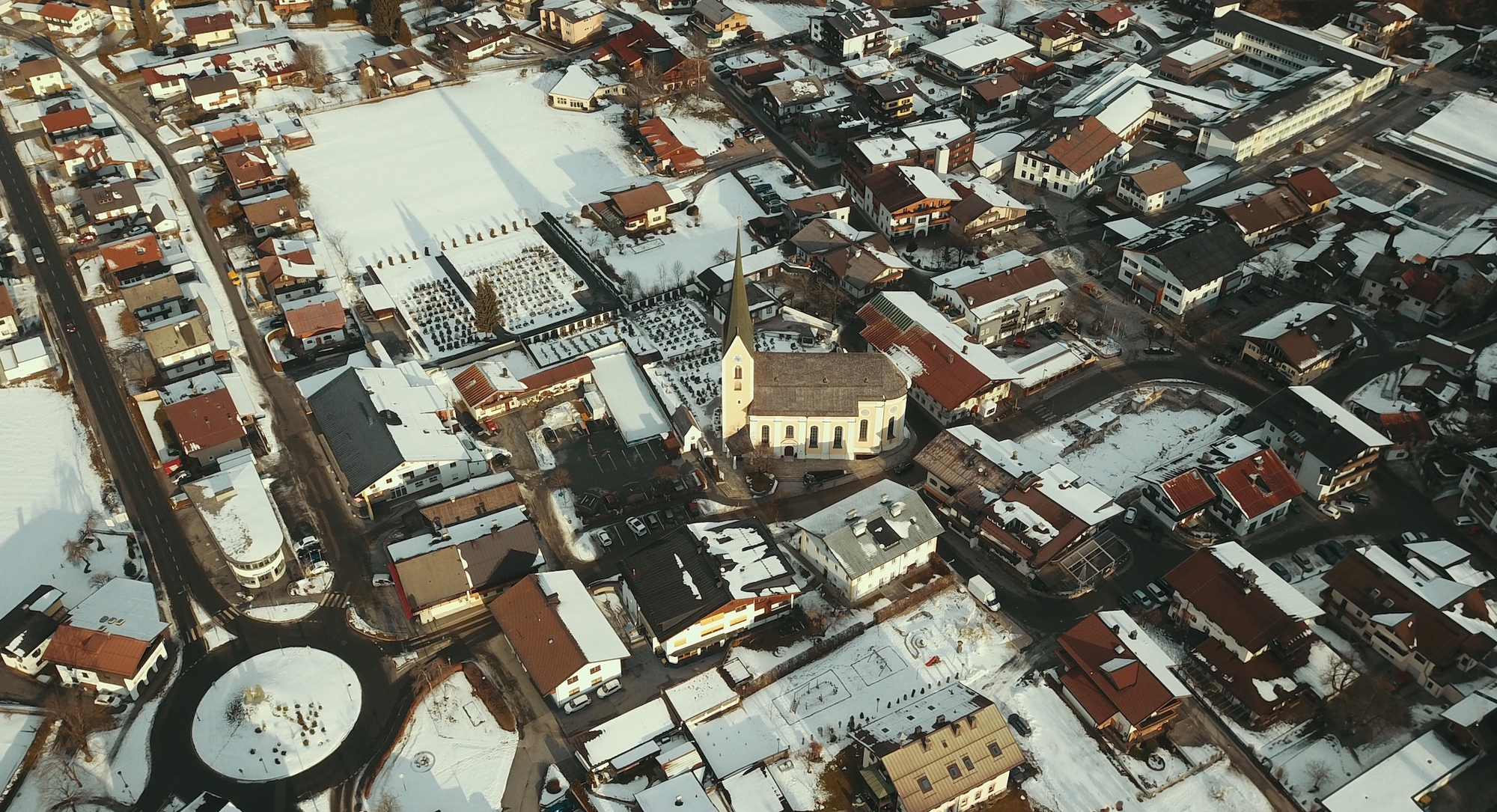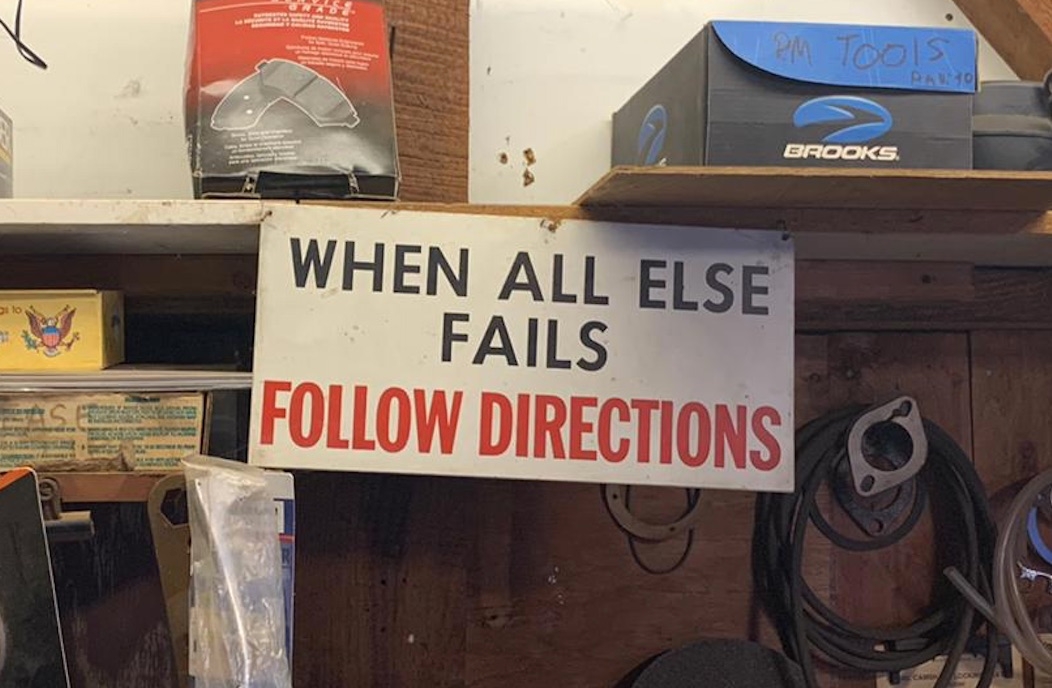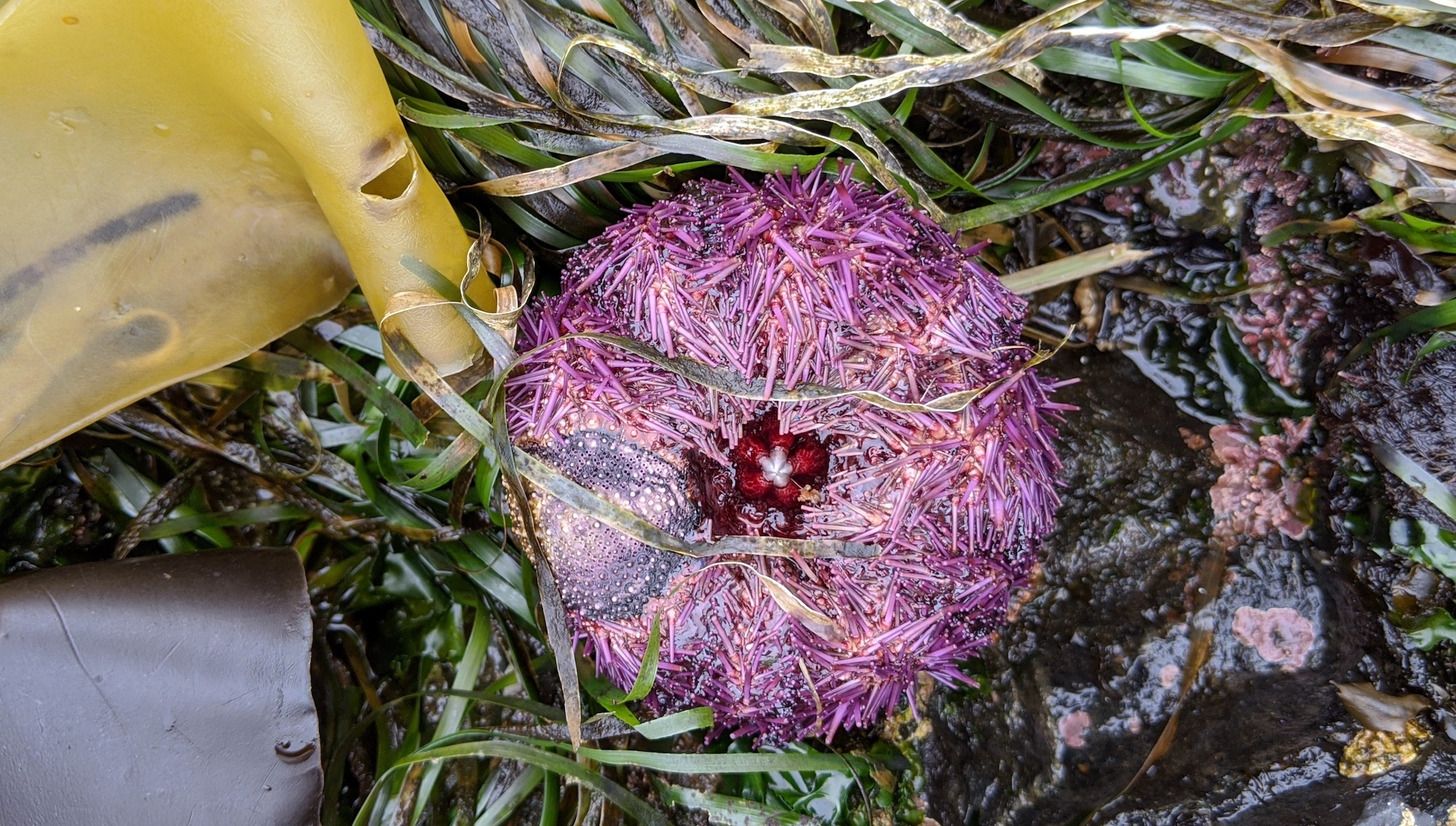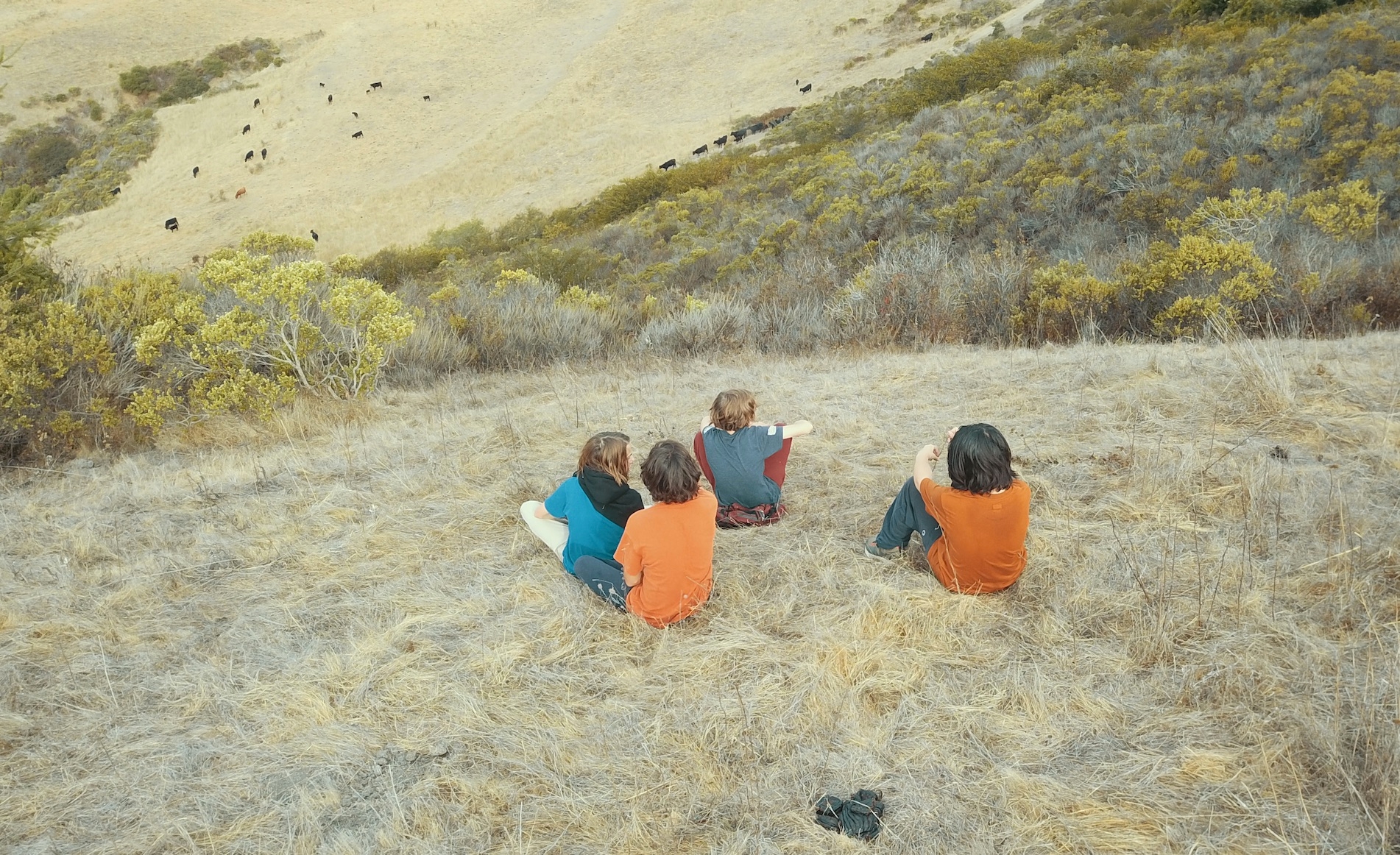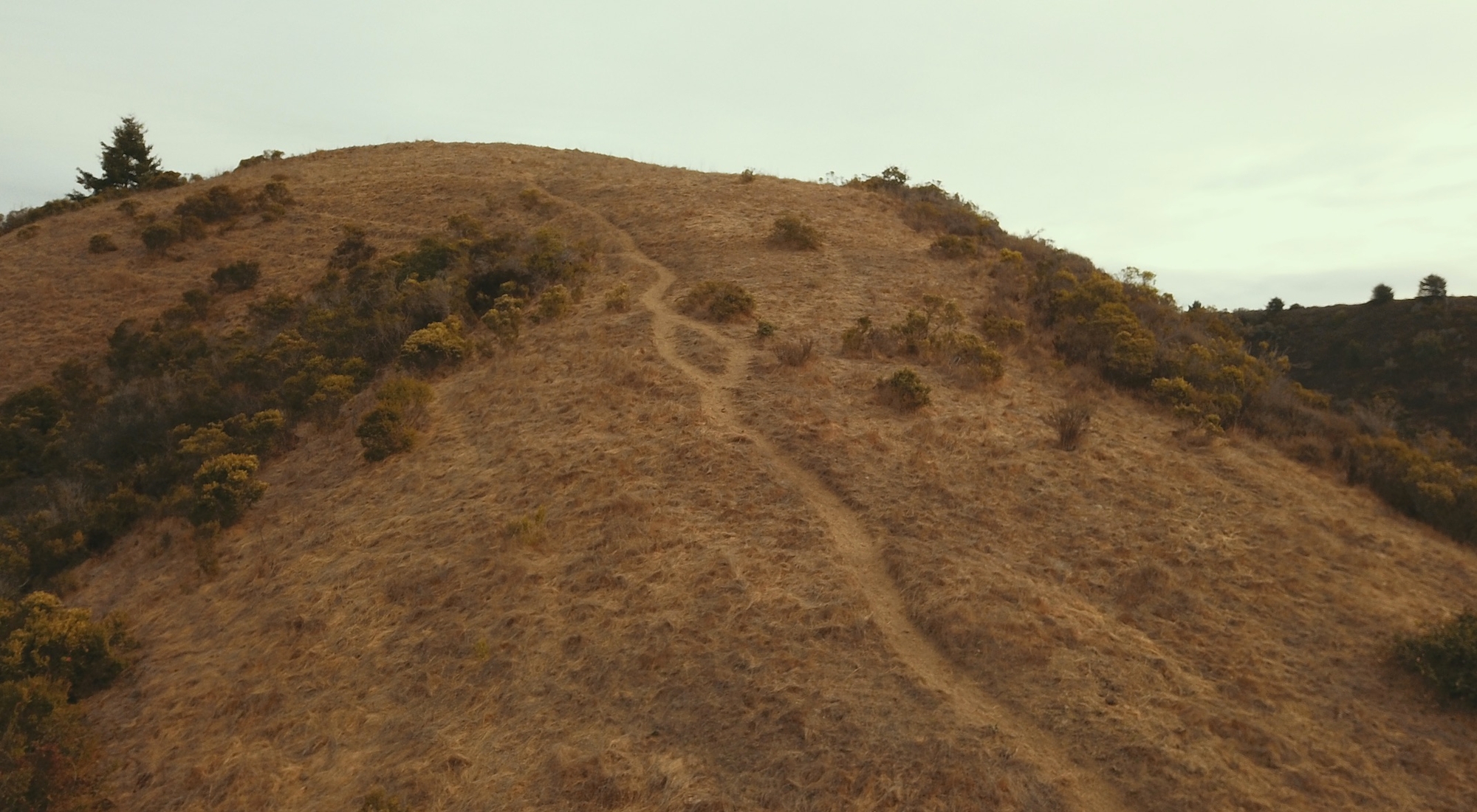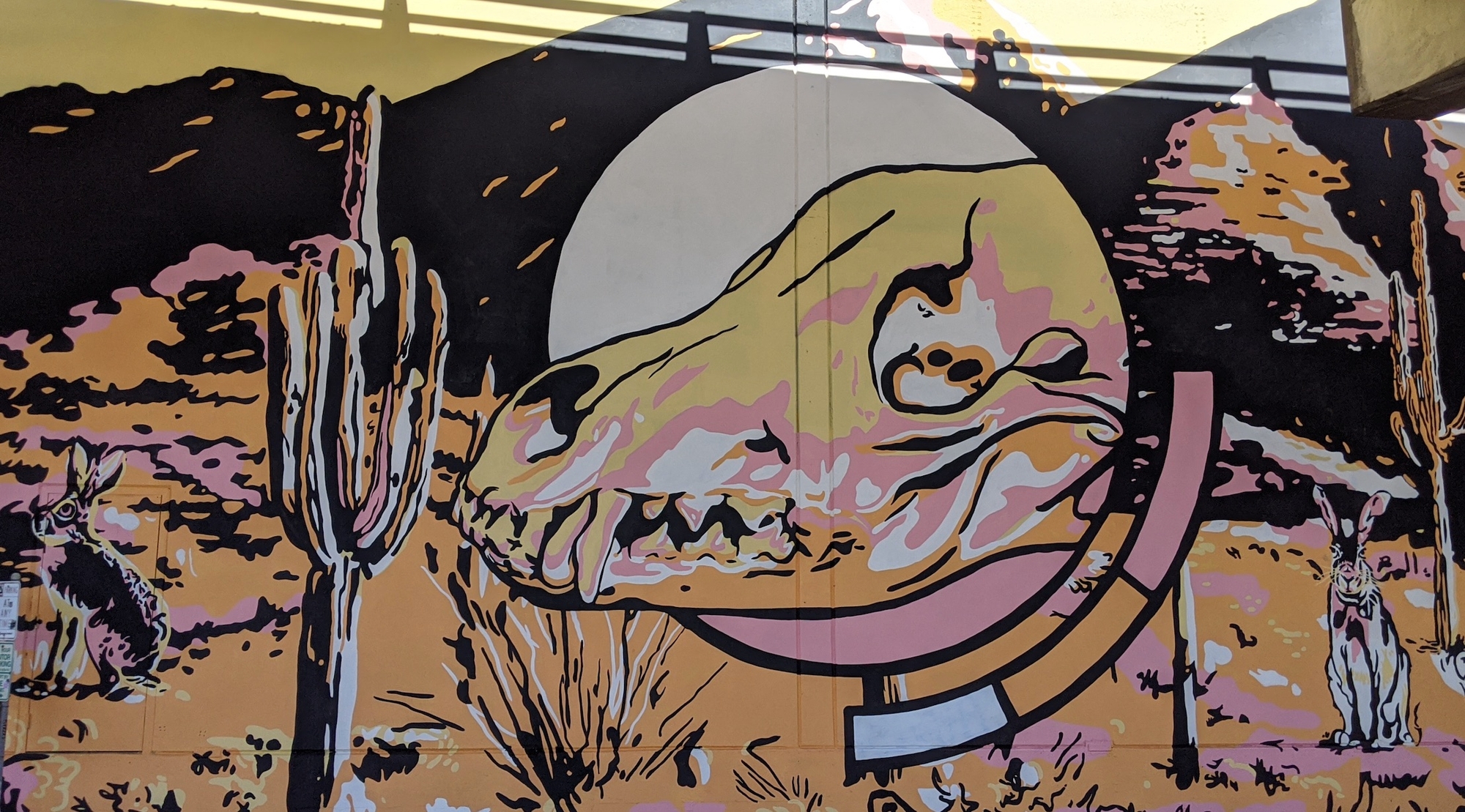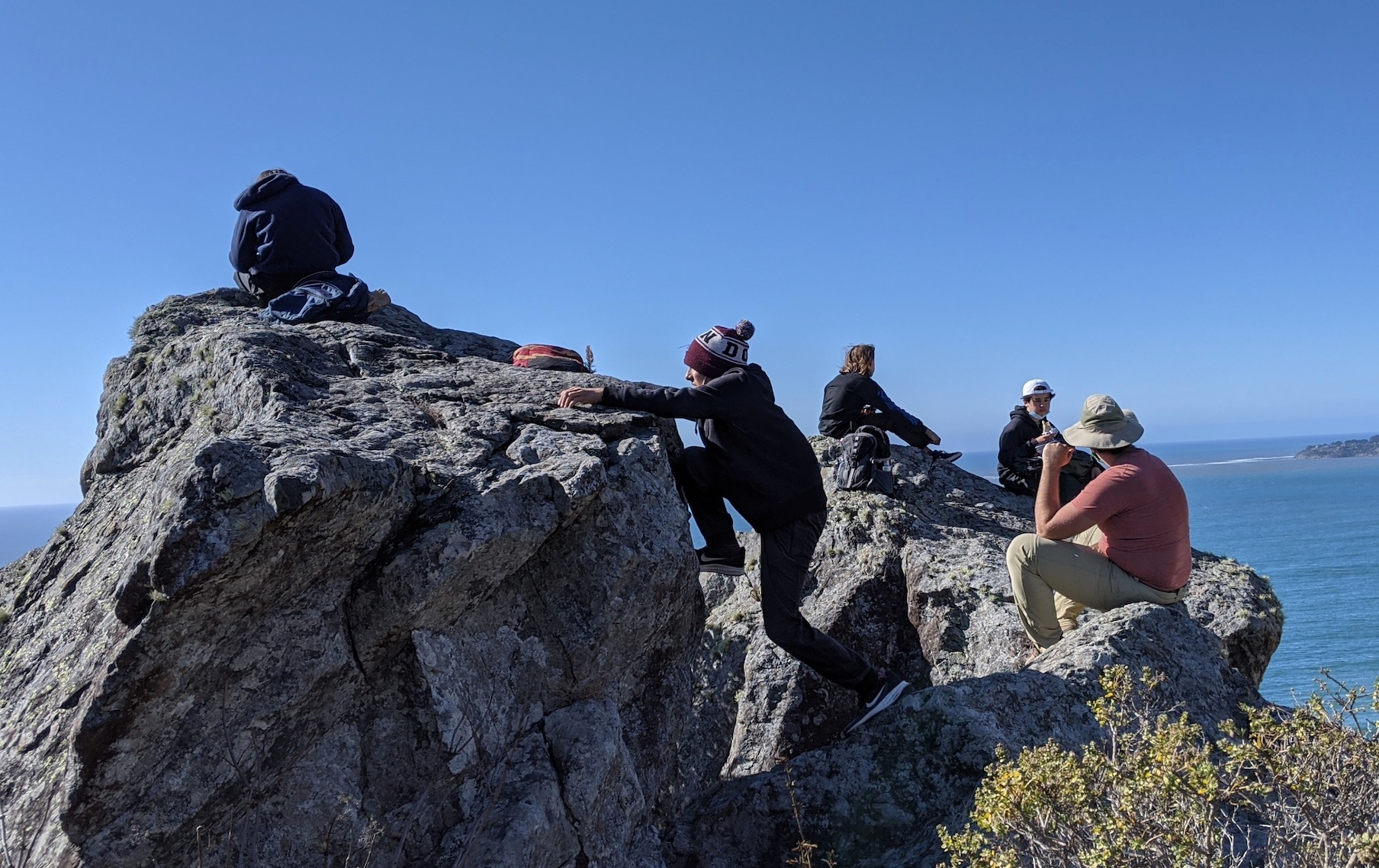Going the Distance: Creating transformational community
There is a growing movement of folk who are seeking a way out of the dominant paradigm for living life

Going the Distance
There is a growing movement of folk who are seeking a way out of the dominant paradigm for living life
This is not new; but recently it is building up once more
Folks are yearning for a renewed way of living, and an escape from the destinations that the dominant paradigm is taking us
- Atomization of community; more individualist and market-mediated
- Ecological chaos
- Drowning in busyness, noise, data, and incoherence
- Amnesia about the injustices of the past, that are still alive today
This is primarily a question of culture, and of how a new culture can be cultivated. Most of the time, culture is part organic chaotic process and part tightly clutched levers of culture generation that tend to be used in service to the existing status quo. These can be wrestled over, but the obvious levers of cultural change are inaccessible for most. What other ways are folks seeking to cultivate culture?
Community building is a solid mechanism for cultivating and continuing culture. The process of creating a bastion for a distinct set of values and behaviors to become established and to demonstrate a different way of being. These communities have the potential to be containers for the experiences, work and relationships that connect and transform us. This is the potential of transformational community.
Creating something new is hard though. I really appreciated the words a writer shared about this on The Ecosystem Guild blog:
Good restoration labor is enabled by the coincidence of circumstances–the right resources, knowledge and labor arrive at the right place at the right time. While we spend lots of time lining up these conditions. That enabling effort is necessary, but is not the work of restoration itself. Right now we struggle to create enabling conditions around each new project. This is because we are attempting restoring outside of a culture of restoration. We not only must do the labor, but we must laboriously build the foundation upon which the laborer must stand. Under these conditions, we spend too many resources to accomplish too little as our damaged earth continues to unravel. However if we can lay a broad enough foundation the regeneration of the earth will be relatively simple.
Here, the writer focuses on the frame of restoration; one I’m quite partial to, but the point generalizes to anyone seeking to create transformational divergent culture.
The pull of the enticing parts of the mainstream paradigm will continue to tug at individual community members and any divergent community. Everyone is bringing their baggage (and their gifts!) into the community, and this needs to be integrated, lest it sour the culture. And, we are all trying to make sense of our lineages, our behaviors and our dreams while trying to forge a new way forward; how can we find out what works and be gentle with ourselves and others when we need to change.
This last piece, of seeing so many yearning for something more, to better themselves and their communities, gives me heart. Even if we have different backgrounds, different ideas for what is needed, and different goals, I seek to look at these folk as my fellow travelers on these unknown paths to the next evolution of society.
Imagining now: Us-two* look out and see us on all these overlapping paths, striving. Us-two notice our fellow travelers, doing many things differently to what us-two do and to what is done in the context of our communities. We expect this and appreciate it; maybe they will find a way-of-being that we all need and can learn from! And, despite that, as we watch, us-two feel our voice gurgling up from our gut and speaking up, “Hey wait, before you go, what about…”
* invoking Tyson Yunkaporta’s use of the first person plural from Sand Talk; you and I, us-two.
Because while we need divergence and difference, we also have hints, guesses and impulses about what we do need to converge on. There are baseline aspects to these communities to ensure their transformational efforts ‘go the distance’.
So, before we all dive head-long into these long projects, lets talk about what we need to build that foundation and go the distance.
What is needed
These are the clues I am paying attention to, for transformational communities to go the distance.
- Intergenerational integration
- Having rich inner and outer orientations
- Evolutionary ritual, ceremony and tradition
- Embracing the good and the bad
- Right relationship to land
- Flourishing
Intergenerational integration
Transformational communities have to integrate and appeal to folks spread across a range of life-stages. It is a fairly fundamental issue if there is no place for folks in the community as they transition into different stages of life. Longevity for a community is easier to reach when there is a role, and a place for a community member when they are a child, an adolescent, a young adult, an adult in their prime, a parent (or extra aunty/uncle), and an elder. Beyond the concern for longevity, this mix of life-stages lends important perspective and wisdom.
Catering for all life-stages leads naturally to greater stewardship; a sense of contributing to the land and community in ways that will serve those that will come after us. This sense of continuity and care is prevalent in indigenous cultures globally, and, sadly, is disrupted, absent or narrow in the logic of the globalised economy. If we yearn for true longevity, inherent with that comes the need for long-term vision, long-term thinking and true stewardship.
Rites of Passage are a vital means for communities to mark, recognize and tie together folks as they move through these life-stages. This form of ritual provides a structured, intentional and communal way of seeing each member of the community, as they pass life-stage thresholds. The mainstream paradigm still has some of these rituals, weddings and funerals being the most obvious. However, honoring and observing other life-stages are patchy at best. Those connected to our developmental years are particularly close to my heart, as I have shared before.
Maybe it is just the Australian in me, but while much of intergenerational integration is seeking to make a community and culture attractive for folks at all life-stages, there is something both healthy and inevitable about getting a community’s young adults out to be initiated by the wider world. There absolutely must be other ways for the world at large to be woven into community life. And young adults need to be supported to explore in this developmental period of wider curiosity, maturation, and discovery, and cut their own path in some fashion. Without this, communities risk alienating their youth and risk losing an important way of connecting to the wider world through their adventures and choices. This blends right into the next community clue; Inner and outer work.
Inner/Outer Work
At the distinct levels of the self, the pair, the group, the community and the wider world, there are important communal implications stemming from the inner and outer life of each. Having complete knowledge of that sort of complex system is unfathomable; I do not want to suggest that as a goal. However, sharing context across the interconnected parts of relationships and communities, in meaningful & efficient ways, is critical for humans of any large number to co-exist.
Recently, I have been delighted to learn about the Prosocial Process, a way to facilitate better conversations in communities. This process includes the ACT (acceptance and commitment therapy) matrix exercise; mapping how an individual’s inner world (thoughts, feelings, sense-making) maps to the outer word (words, actions). This jumps straight into one of the most important facets of inner/outer work; Context sharing. The continued sharing of context can be repeated at the community or group level, to surface the inner world of a group’s dynamics and context, and how that can impact the group’s functioning. This context-sharing facilitates one of the key facets of a focus on inner/outer work; the cycle of sense-making that moves and surfaces context between these different levels.
Without this regular exchange of the different inner and outer contexts, I fear it is easier for a transformational community to slip into a failure mode; changing community form or just dissolving. What does it look like when elements of this are missing? Daniel Christian Wahl used the ‘lifeboat’ description of communities that have an inward-focused richness of connection, and a blindspot to what is happening elsewhere. That to me looks like having good context sharing at the self, pair and community level but with a disconnection from the wider world. Communities that might do quite well at looking after their tiny own land but abdicate a role in the rest of existence. A different example is NGOs or non-profits that have transformational goals but replicate destructive power dynamics in their group function could be seen as missing the self, pair and/or community levels of inner and outer work.
This inner and outer work is more than context/information sharing. It is also touching on the idea of ‘doing the work’, ranging from our own inner worlds to the outer perspective of the world around us. Without a directed effort to create richness and flourishing in all the different inner and outer worlds to which a community connects to, it is hard to know how that community seeks to be transformative. I’m sure there have been some unintentional transformative communities in the past, but I am working on the assumption that it is more likely when you make it an explicit goal!
Evolutionary Ritual, Ceremony & Tradition
This is how we embody our culture. How we make it tangible. Ritual and ceremony gives us a place in time to take our inner world and mark its shape in the outer world. I resonate strongly with the sentiment of ceremony as an invocation of kairos time, a pausing in the dominant pace of time. To quickly distinguish the two, “regular” time, chronos time, is the time that is measured and kairos time is the time that matters. This makes ritual and ceremony more distinct, more memory forming, than the normal group interactions of an organization or community. Although, even if ritual, ceremony or a form of kairos time are not invoked, communities or organizations will have processes, ‘traditions’ and/or habits that carry and embody some form of culture, no matter how accidental.
Being subjected to hollow ritual, ceremony or tradition that one does not connect with is an increasingly common experience; witness the droves of folk leaving their raised religion behind for another religion, spirituality or secular life. This makes getting collective buy-in and organic development of ceremony particularly important for newly coalescing communities. I sense that the need and benefit that ritual and ceremony could bring to communal life does not uniformly match the desire for it in my contemporaries; we have lost our sense of its value and need to have it gently coaxed back into our lives.
Ritual and ceremony are the community manifestations of humanity’s superpower; the creation of meaning. It is how we imbue the lives we lead in a collective with meaning and depth. This superpower can be used for good, evil and indifferent outcomes. There are unnumbered examples of rituals, ceremonies and traditions that create cultures of subjugation, abuse, harm and dysfunction. Acknowledging this does not mean we ought to reject ritual and ceremony. We must seek to build ritual and ceremony that resonates with our values and, with great care and wisdom, we must push the practices and traditions we create to evolve over time.
The idea of evolutionary tradition may seem a little paradoxical at first glance. Tradition invokes a sense of unchanging, old, enduring. And yet, as we scratch at the paint on the surface of many ‘traditions’ of today, we find that they are barely generations old, often created for less than valorous reasons. On the other end of the spectrum, some cultures carry on traditions that were practical advice millennia ago (for example: don’t eat swine, it has lots of parasites) but that is now just ossified custom now. So we have at least two different challenges here that boil down to a common theme; we honor the ‘what’ or ‘how’ of a tradition, but we have lost some or all connection to the real ‘why’. How we can synthesize, recreate, remake and evolve our traditions is an open question; one that any transformational community must grapple with. It is wise not leave this to chance.
Seeking the good, without denying the difficult
A common false choice we face is that between idealism and realism. Idealism is the yearning to see the best in people and possibilities, with the counterpart of realism as seeing the limitations of situations, and the lower motivations and intentions coming out of folks. It is easy for us to fall into the false choice between the two of them. In Nordic Ideology, Freinacht frames a way out of this; we should avoid game-denial (idealism) and game-acceptance (realism).
Instead, if we seek to avoid this false choice, we can pursue game-change.
Game-change is acknowledging that the ‘game’ of modern life as we play it today exists, with its status-games, economics and power structures. And that while we must operate with that knowledge and understanding, we seek to change the rules, and play a different sort of game (or as Tim Koelkebeck said in conversation recently, not just a different game but instead a different dance). Acknowledging game-change as a goal is the easy first step. What is challenging is to “surf the wave” and to not get sucked into game-denial or dumped into game-acceptance. This pursuit of game-change is deeply tied to how a community is managing its inner and outer work and orientations.
As we strive to change the rules of the game, and we create delightful pockets of new culture at a community level, we can never turn our back on this: Not everyone we encounter is playing the same game. There are many games being played, even within the mainstream paradigm. Most are benign or neutral but a select few actively oppose the creation of change, acting as a form of antibody response to anything outside of norm. Avoiding, deflecting and preventing bad interactions with folks playing those games is vastly preferred to having to react in the moment to difficult situations. Transformational communities absolutely need to be interconnected to other groups, and their surrounds, while also being attuned to the risk of folks playing by different rules.
How do we handle those playing by different rules, and those violating the norms of community? Communities need to have their own answers to this. The larger a community grows, the more these answers need to be articulated and consented to. One really does not want to be in the middle of a community crisis and trying to figure these answers out. There need to be practices and answers for what justice looks like within a community and, also how the community orients to justice in the context of the rest of humanity. We must be fierce and kind in our defence of the cultures we are cultivating, and exclusion from community has to be an option for significant transgressions.
To close this section, let us return to the headline theme; the good and the bad. This clue for transformational community is also about embodying a holistic sense of the human experience. We need to have that depth; joy and sorrow, the sacred and the profane, the good and the bad. This theme weaves through many of the clues discussed; the highs and lows of we experience as we progress through our life-stages, the ways we mark and acknowledge that with ritual and tradition, and the inner & outer work we have to do to unlock the great things in life and process the difficult.
Right relationship to land
Much of ‘civilizational progress’ over the last few hundred years has included a separation and opposition between Us and Nature. We have divorced ourselves from Nature, and in doing so have become disconnected from our own nature (the part of Nature inside us) and caused considerable harm to the planet that sustains us. Communities of all forms need to find new (or old) ways of having right relationship to the land, from both an ecological and metaphorical sense. This separation has siblings in imperalism and colonialism. Not only did some societies divorce themselves from nature but they crushed and colonized connected-to-Nature societies across the globe. We cannot divorce ourselves from this legacy; as we attempt to return to right relationship to land, we must work towards and figure out how to come to right relationship to those peoples who have been dispossessed.
The right relationship extends to both the land on which we stand (our local context), and the land on which we draw (our whole bioregion and the globe). We cannot meaningfully be in right relation if we focus on only one of those two frames about the land we are connected to. We currently experience life in a vast globalized economy. We cannot build an ecological paradise in our area while defacto exporting our ecological impact to other regions. This has both equity and systems implications; we cannot perpetuate pushing our problems on to other populations, and the reality is that our ecological systems are globally connected.
Beyond recognizing the pitfalls of a metaphorical separation from Nature, what is our story about our relationship and connection to Nature? Tyson Yunkaporta shares the matter-of-fact reality that we are enmeshed into the web of life and that we have a responsibility to be the custodian species of Earth. This is just a given in the lineages Tyson is connected to, and the lineages of other Australian indigenous communities. In Sand Talk, Tyson is clear that being a custodial species does not place us above the rest of nature but places us in a complex network of relationships and responsibilities. Stepping into our place as the custodial species, listening for the rhythm of the complex adaptive systems that ecologies represent, and learning how to gently balance, restore and integrate would be the epitome of finding right relationship to the land.
Flourishing
The first five clues to community so far covered mainly focus on the ‘how’ of transformational community; what characteristics keep community relevant, impactful, and whole. With the idea of custodial species and this section’s theme of flourishing, we touch on the ‘why’. What are the goals for transformational community; Why should we even do any of this at all?
While I am suggesting several clues for ‘how’ communities need to be, a lot of diversity, divergence and difference is necessary in the ‘why’ of community. This diversity is both what is needed for humanity to flourish as a whole, and a necessary reality that reflects the different contexts, desires and visions that folks have. The one goal-oriented clue I do suggest is a focus on human development and the concept of flourishing as a way of being.
Taking the juice that drives community, and integrating it with the ‘how’ clues above, we set ourselves up for a virtuous cycle of human development. Individual flourishing begets and enables community flourishing and vice versa. We drop into the richness of an infinite game of lifting ourselves and each other up. Human development is a worthwhile societal goal to attach ourselves to rather than the defacto societal goal of mindless economic growth in the dominant paradigm. Infinite growth is possible in the open system of human development, unlike the practically closed physical systems we exist within. This goal is at the center of Freinacht’s The Listening Society
The pursuit of flourishing extends to ecology and to the rest of humanity; we need it to extend to our inner/outer work, and to our relationship to the land. This pursuit must extend solidarity to all of those around us, and prompt the question of how can our flourishing enable the flourishing of those outside of community. I liked what Daniel Christian Wahl mused to Jim Rutt recently, that we need community to be the yogurt culture that turns the surrounding milk to yogurt. And to break that metaphor a little, the replicating of that yogurt culture should not be homogenous; we should be trying to support others in flourishing in their own terms.
The conversation begins…
These are the six clues for transformational community that sit with me for now. They do not exist in a vacuum of considered purity; they are falling out of the conversations, observations and thinking that are happening all around me and my relations. If these clues are to make sense, they will have to be taken up by others and embodied, lived. Speaking to my own journey of considering these clues, they fell out of a yearning for a simple creed, a creed that was accessible to all seeking transformation, binding us in common purpose, whatever our different lineages. Just so you can see another moment of this journey, I first journaled:
the simple creed
a wide gate for us to pass through
a simple, common foundation for us to build on
seeing our heritage
recognising the divine, the mystery
The yearning for this creed still entices me, and these clues are not it. What I first wrote is an incomplete fragment and what it inspired in this writing is far, far too verbose. Perhaps others will come after all this and find the poetry that so alludes me.
To close, I will surface two questions that continue to rummage about in my mind.
Why does this continue to feel so ridiculous?
The aspiration is for something madly heroic; do we dare to dream of building a new culture out of the ruins of the old? The gambit we face is the attempt to respectfully tell our ancestors, “No, that is not the way”, to lovingly take the scalpel, the chisel and hammer to what they built and to reforge something new in its place. And, to leave a culture more easily worked by the hands and the hearts of those that come after us. Audacious, somewhat mad but ultimately, that is what I think and feel that we need.
How will we know it was all worthwhile?
In the ideal case: we won’t. Obvious failure is easy enough to see. If we form communities, and they fall to pieces early on, we’ll know that wasn’t it. An inherent aspect of ‘going the distance’ for transformational community is that the culture surpasses us. Building transformational community could be decades of experimenting, living and learning; and maybe, despite our best efforts and thinking, we will create something that does not have juice for the long-term. My hope is that some of us, amongst all the divergent and different fellow travellers out there, will find paths forwards, even if the path my community takes loops us back or fades. We chase big bright dreams, ones we might not truly experience in our life-time, and live in the humility that we may be going about it all back to front. This is surely part of the inner work we must do to keep ourselves true to our dreams.
